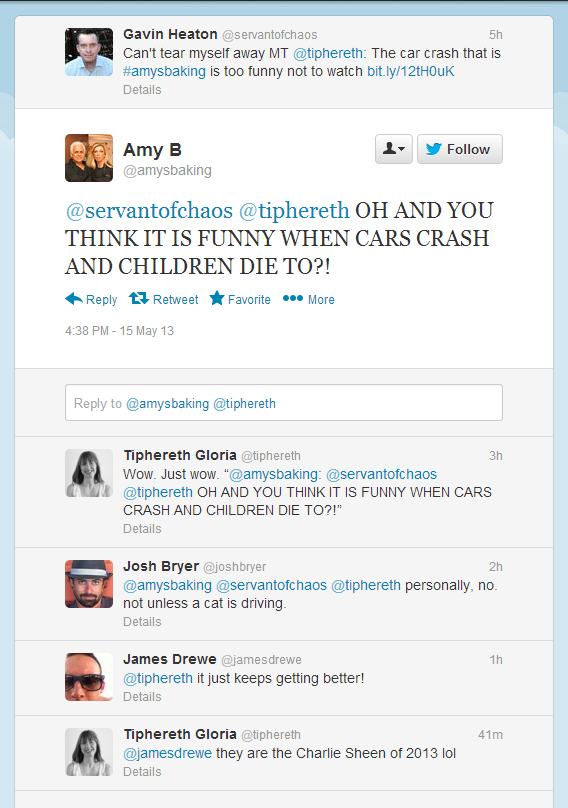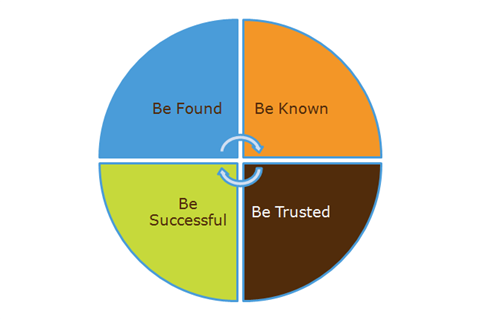There was a time when the only “digital” device in your home was likely to be an alarm clock.
These days, we live with a range of internet connected devices from refrigerators to lightbulbs, and CCTV systems to VOIP phones. And that’s before we start counting computers, laptops, tablets and smartphones. When network security firm Sophos surveyed gadget users around the world in March 2013, respondents indicated that they carried an average of 2.9 devices with them. Smartphones and laptops were the most popular, with eReaders rounding out the list at 29%.
But these days, “digital” isn’t just about hardware. In fact, it’s not even about software. It’s about BEHAVIOUR.
When we think of digital we are thinking of modes of production and consumption – what we create and what we consume. And since the explosion of the social web, we have seen a massive fragmentation of what can be described (for want of a better word) as “digital channels”. In the early days of the web, the only digital channel you had was email. And then the world wide web came along and began to nip away at the edge of our digital experiences. It promised much but seldom delivered.
When Brian Solis introduced the Conversation Prism in 2008, our digital experience had grown to embrace the fledgling social media platforms like Flickr, LinkedIn, kyte, Zooomr and Facebook. Along for the ride was Ning, Pownce, eventful, WordPress and Twitter (amongst others). Of course, not all survived, but they paved the way for many who followed. And vitally they transformed our digital behaviour, our online body language and set our expectations for online experiences.
The latest version of the Conversation Prism has now been released. And you can see that consumers are presented with a vast array of options for both production and consumption of content. There are many more ways to engage online – more platforms, more approaches and more niches. And with each of these comes rules, regulations, terms of service, user etiquette and community cultures. It can be a minefield for users and a battleground for inexperienced marketers. This presents marketers with serious challenges:
- Strategy is execution: We have to make our peace and realise that the pace of change is never going to slow. We must now view strategy as execution – something that happens in real time with real customers. We need to work with a continuous digital strategy to not only survive but vitally, to remain relevant.
- Digital skills must be prioritised: This is not to say that traditional marketing skills no longer have a role. Far from it. But digital will continue to grow in prominence. If you have not begun to refresh your skills, start now. Check out cheap and low cost online courses from Coursera, Skillshare and Udemy. For those in Sydney, Vibewire also runs regular skills based workshops that are tremendous value. Also check out what is on offer from ADMA.
- Automation for marketing at scale: The dream of one-to-one marketing is upon us – but comes with discipline, requires strategic planning and technology investment. Identify those repetitive marketing tasks and investigate the marketing automation solution that is right for you and your business. You’ll be amazed at the revenue impact.
So before you go wading into the sea of digital channels, be sure you’ve got your floaties on – and don’t be afraid to ask for help.









